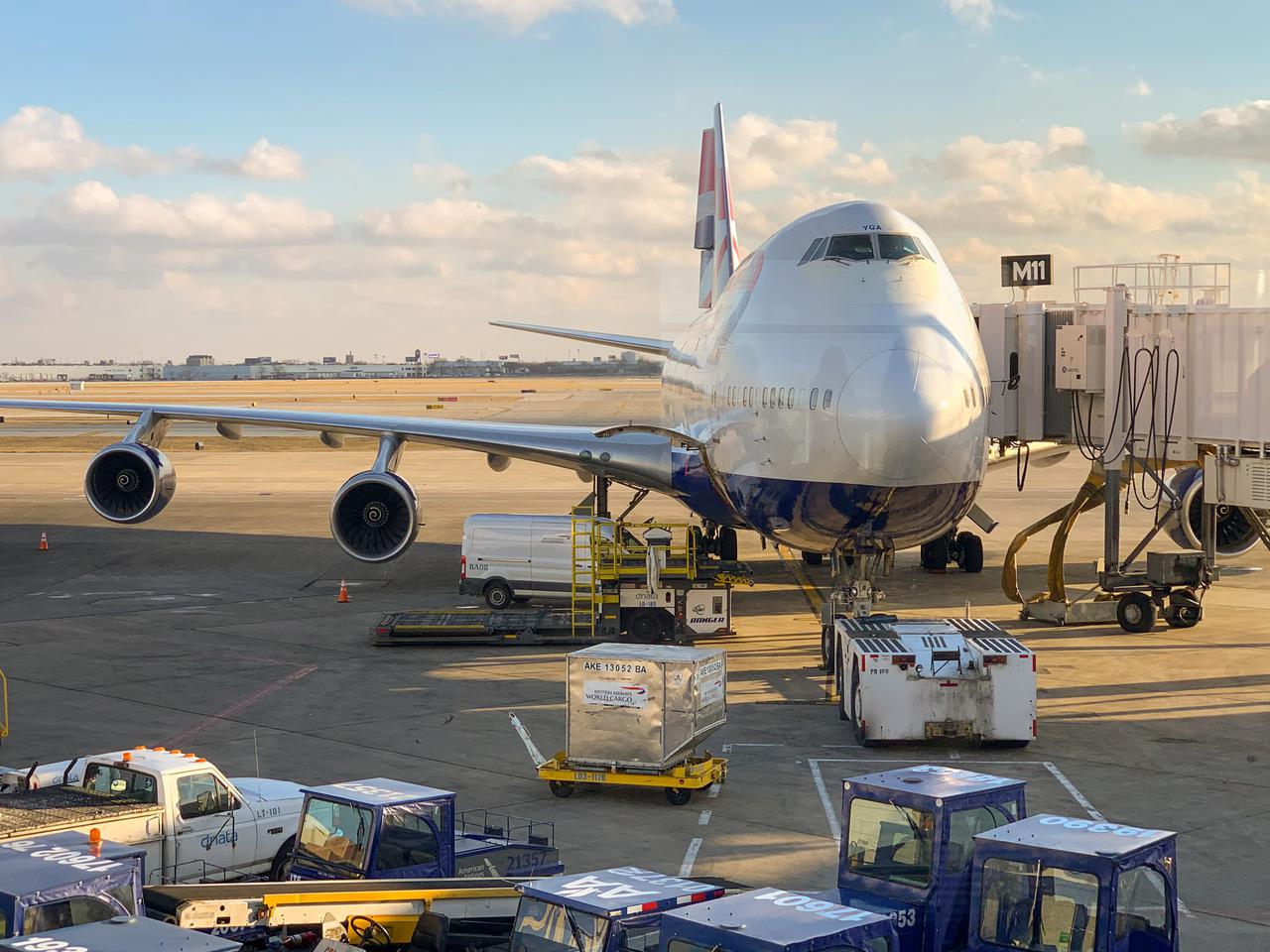If you’re involved in any business that handles or ships hazardous materials, then you understand there are numerous regulations that you must follow to avoid costly fines and non-compliance issues. The International Air Transport Association (IATA) is one of the organizations that helps craft these regulations.
Their mission is to work with the airline companies to shape the future growth of a safe, secure, and sustainable industry, and as part of their duties, they’ve created guidelines and standards for how shipping through the air is handled. So before trying to ship any hazardous materials, it’s essential that you be familiar with IATA shipping training.
What exactly is IATA shipping training?
This type of training is required by Title 49, Code of Federal Regulations (49 CFR), International Air Transport Association Dangerous Goods Regulations (IATA DGR), and the International Civil Aviation Organization’s (ICAO) Technical Instructions. In essence, it’s an ongoing training provided to anyone who ships, handles, and/or transports dangerous goods by air.
Dangerous goods – also known as restricted articles, hazardous materials, and dangerous cargo – are items that may endanger people on board the aircraft. This includes, but is not limited to, items such as explosives, fireworks, ammunition, gases and aerosols, flammable liquids and solids, and toxic or infectious materials.

IATA shipping training will teach you how to correctly classify whether an item or substance falls into this category, select or verify the correct packaging to ship the item, accurately complete the shipping paperwork, and understand the rules and procedures you should follow.
Helpful things to keep in mind during your training.
It’s about ensuring everyone’s safety.
Mandatory training is often met with sighs and groans from workers, but IATA shipping training is paramount for safety. Shipping hazardous materials poses a significant risk for everyone onboard the aircraft, so doing your due diligence is an absolute must.
You always have to ensure that unsafe conditions are minimized or eliminated entirely. So rather than begrudging the required training, understand that it’s essential for keeping you and everyone on the aircraft safe.
Many companies have to undergo this type of training.
While IATA shipping training may seem like a very niche field, it’s actually used broadly throughout different industries. Everyone involved with the handling and shipping of the dangerous goods mentioned above must take these courses.
This includes shippers, people undertaking the responsibilities of shippers, packers, and the staff of freight forwarders involved in processing dangerous goods, cargo, and mail.
These training courses are an ongoing effort.
Many people think that once they’ve gone through the training once, they’re set for life. However, this is not the case. In actuality, IATA shipping training must be completed once every 24 months. While this is not a legally enforceable rule, failing to do so can result in some air carriers refusing to do business with you.
They do this because as the industry continues to evolve and adapt, new procedures and guidelines become mandatory. So you must always be up-to-date on the latest best practices.
Do you need to complete your shipping training?
Then contact the team here at CARGOpak. We have more than 25 years of shipping training experience, and we are happy to provide our consulting support to help your company with all aspects of regulatory compliance. We understand that everyone learns differently, which is why we’re more than happy to tailor our training courses to best serve your needs.
Whether it’s an online webinar, individual in-person training, or a live group training session, we’re confident we can equip you with the skills and knowledge you need to successfully ship dangerous materials. You can learn more about the training we provide, or contact us online to schedule an initial consultation.
